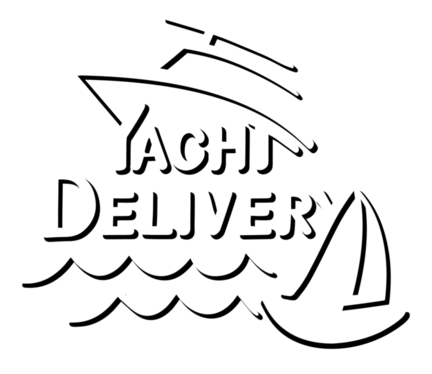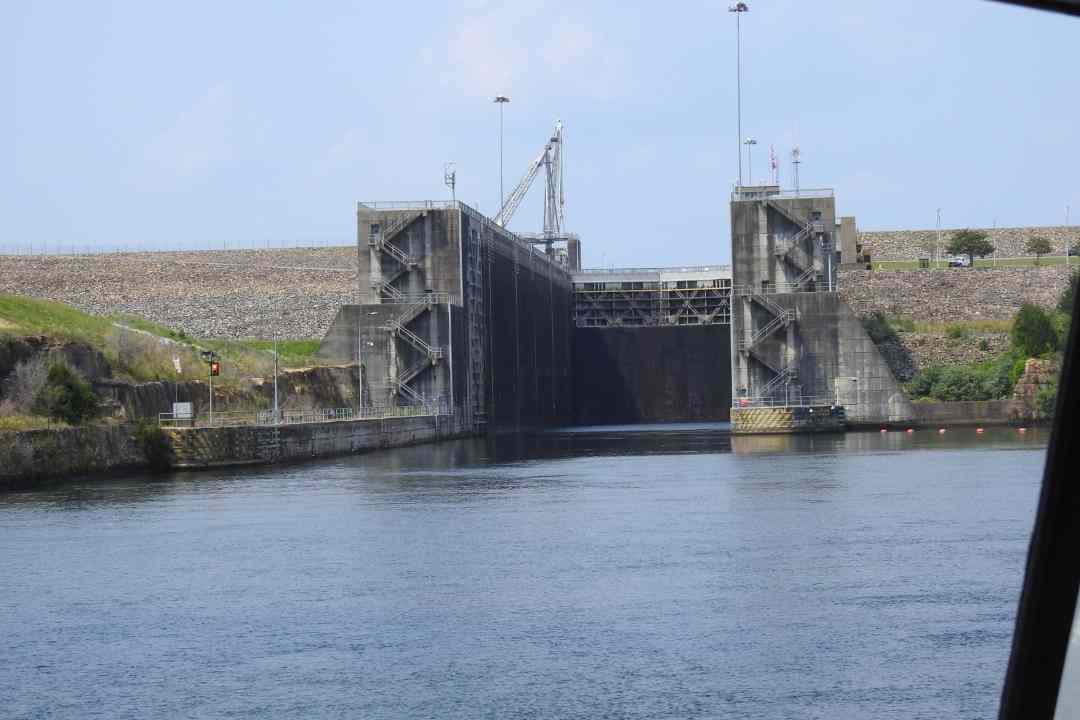Captain James Lowe
USCG 200 Ton Licensed Master
(727) 236-1385

Exploring the Mighty Rivers of the United States
With extensive river experience, having voyaged along the majority of the river systems in the United States, we provide professional over-the-water yacht delivery and relocation services by captain along inland rivers.
With this extensive experience and expertise, Captain James Lowe ensures the safe and efficient relocation of yachts on these river waterways. Whether it's navigating challenging river conditions, avoiding floating debris, or coordinating with commercial traffic, Captain Lowe's knowledge and skills are invaluable for yacht owners seeking reliable and expert assistance in relocating their vessels over the water on the rivers and beyond. Our service are is HUGE!
Understanding the river's flow and currents is crucial. Different sections of a river may have varying speeds and turbulence.
We were securely anchored in a river and witnessed a red navigational buoy floating along in the current and watched it as it floated out of sight.
The movement of a navigational buoy downstream is a testament to the power and unpredictability of river currents.
Captain James Lowe is experienced in moving and delivering yachts along rivers
My travels have taken me along the diverse rivers of America, each with its unique character. Starting with the tranquil Tennessee–Tombigbee Waterway in Mobile, Alabama, I explored the grand Lower Mississippi, stretching from New Orleans to Memphis and on to Grafton, Illinois, just north of St. Louis.
Navigating the Illinois Waterways River, a passage to Chicago, amidst heavy tug and barge traffic while dodging Asian Carp, was a notable experience.
Heading north from Grafton, I have journeyed along the Upper Mississippi River, to Minneapolis, St. Paul
Eastward, the Ohio River led me to Cumberland and vibrant Nashville, revealing a rich history and scenic beauty.
Further south, From Pickwick Lake the serene Tennessee River wove through Guntersville, Alabama, Chattanooga and up into Knoxville
But these voyages have had their share of challenges.
Strong Currents: The strong river currents tested our boat handling skills as we made our way along the rivers.
Hidden Hazards: When River water levels rise significantly, submerged or partially submerged objects, including navigational buoys, can become hidden beneath the surface. These hidden hazards pose a severe risk to vessels, especially if they strike these submerged objects unexpectedly.
Commercial Traffic: In certain rivers, there is a significant presence of commercial tugs, barges and workboats. Using VHF radio communication is extremely important for safely coordinating when boats pass each other or overtake one another.
Be aware of the presence of anchored barges and vessels pushed up into mud tied to trees, especially in areas where commercial activities are common. These stationary vessels may affect navigation and require extra caution when passing.
Fuel Stops: Navigating river routes can present unique challenges. In specific regions, you might face considerable distances between refueling points, and recreational marinas may not be readily available. In such cases, it becomes necessary to carry additional fuel in drums or jerry cans to ensure a uninterrupted journey
Locks: On the river route from Mobile, Alabama, to Chicago, Illinois, you'll find multiple locks and dams along the Tennessee-Tombigbee Waterway and the Illinois Waterway system. If you decide to travel further north toward Minneapolis instead of Chicago, you'll come across even more locks and dams."
Overhead Obstacles: When planning a river voyage, it's essential to examine navigational charts to identify the presence of low bridges or overhead power lines along the route. Additionally, it's crucial to verify whether your vessel has the necessary clearance to safely pass under these overhead obstacles. This means ensuring that your boat's mast, antennas, or outriggers won't hit or get entangled with the low bridges or power lines.
Anchorage: Finding a suitable spot to anchor your boat along a river can be challenging. First, you need to move away from the main navigation channel to avoid getting in the way of other boats and to prevent accidents. Then, you have to locate a place with enough water depth and, ideally, some protection from strong currents. Fortunately I have experienced crew that knows how to anchor a boat
The following terms establish a common reference point for navigation.
Up River: This term refers to the direction of travel against the current flow of a river. Going "up river" means moving in the opposite direction of the river's natural flow, typically requiring more effort and power.
Down River: In contrast to "up river," going "down river" means traveling in the same direction as the river's current flow. This is generally an easier and faster way to navigate. Most of the Great Loopers are heading down river
Right Bank: The right bank of a river is determined by looking downstream. It is the bank to the right when facing downstream. This designation remains consistent even when navigating upstream.
Left Bank: The left bank of a river is also determined by looking downstream. It is the bank to the left when facing downstream. Like the right bank, this designation remains consistent when navigating upstream.
Captain James Lowe is renowned for his extensive navigation experience, specializing in the professional delivery of yachts. His expertise covers a wide range of waterways, including rivers, oceans, intracoastal waterways, canals, islands, and the East Coast, Gulf Coast, and Great Lakes regions.